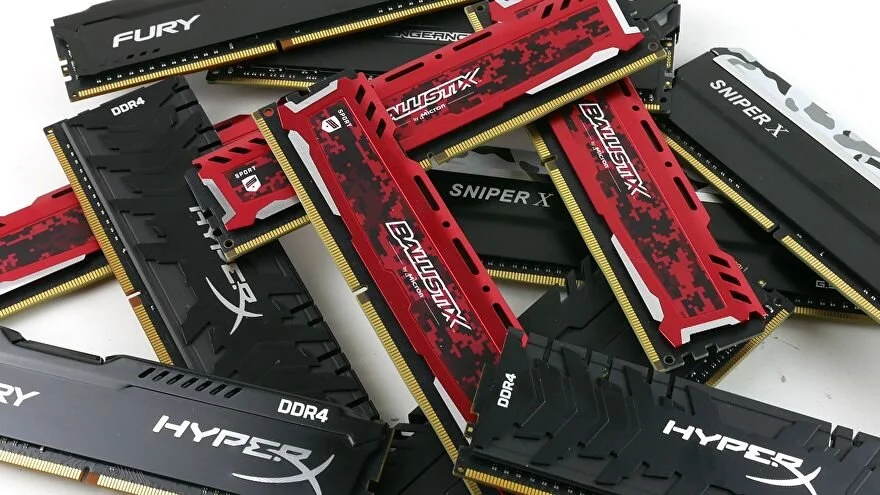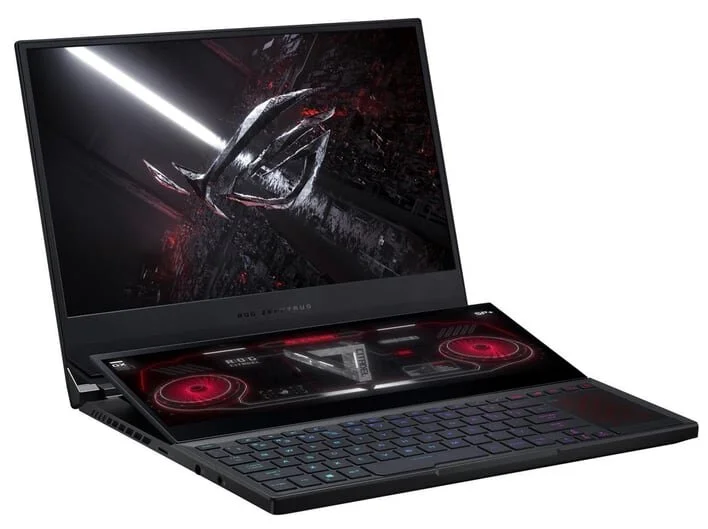First Time Gaming PC Build: RAM Buyers Guide
Building a gaming PC for the first time may seem intimidating at first. You have to shift through a bevy of hardware, have general knowledge of each component and its primary responsibility. Of course, everyone's primary focus is the processor and graphics card. But if you want the system to function at peak performance while gaming, it's crucial that you purchase the ideal RAM for your computer.
When it comes to RAM, it's all about quality, which is needed if you want games to load fast, minimizing wait times. Furthermore, in the age of social media and so much content streamed via the internet, you want to be able to multitask while gaming without a system compromise. It's also no secret Google Chrome web browser is an absolute "memory hog," especially if you're viewing videos or browsing through social media, all while gaming. So it's safe to say, having an abundant amount of quality memory is a necessary need.
For first-time PC builders, read this RAM buyer's guide before installing memory into the computer, which I think will be helpful.
What exactly is DRAM?
DRAM is an acronym for Dynamic Random Access Memory. It's temporary storage for data for any application before CPU processing, without resorting to a much slower hard drive or solid-state drive. The more RAM you have means, the more space your computer can store data. A 16GB module of RAM will allow any computer to store more temporary data than an 8GB RAM module. It's worth noting when buying RAM; there needs to be an emphasis on the different levels of speed and generation, which I'll cover in this post.
The difference between DDR3, DDR4, and DDR5
You will almost always see DDR numbers on RAM, which can confuse first-time PC builders. You might be asking what's the difference is between each number (DDR3, 4, and 5). Not to worry, those numbers you're seeing represent the generation of RAM. The newer generation RAM is the highest number. In other words, DDR4 is the more recent and current RAM you'll find in most computers over DDR3. DDR4 RAM not only represents the generation but uses a lower voltage and is physically different in that it has a large number of contact pins, thus operating at a faster rate and more efficient than DDR3. DDR5 is expected to be released in the Fall of 2021. It will bring a significant increase in both speed and capacity, all while reducing voltage.
It’s about the size and speed
When manufacturers sell RAM, the technical terminology is modules that slot directly into your PC's motherboard. You'll find most motherboards having four RAM slots, though there are some motherboards on the market that have as many as eight slots. One single RAM module can range in size from 4 to 32GB. RAM is sold in kits of two and even four. You're computer usually will effectively function when RAM is in pairs. You will find most high-end gaming machines with 16GB of RAM, recommended by most enthusiasts such as myself. If you run excessive amounts of applications in the background, increase your RAM capacity up to 32GB or higher at 64GB.
How fast your computer loads software all depends on the speed of the RAM, and that all depends on which DDR generation you purchased. Higher speed RAM will give you optimal performance but usually come with a higher price tag.






